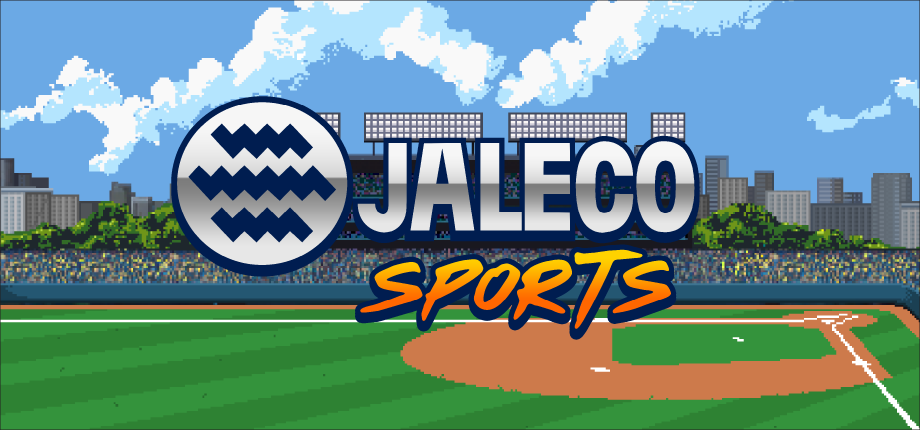Review: Haiku, the Robot
- Mike Ryan

- Oct 14, 2022
- 4 min read

As I get older, I find out there’s certain things that I can’t do like I used to. The knees hurt, I’m getting slightly cranky, and don’t get me started on the dad jokes. But there’s one thing that I recently realized that I can’t do like I used to, and that is one of my favorite things in the world: the gaming marathon. I prided myself on being able to stay up until 2 or 3 in the morning playing video games. Hell, when Halo 2 released I once stayed up from dusk till dawn just playing multiplayer. Nowadays I can’t really play very late without that stupid voice in my head saying, “Mike, you know you gotta get up at 6:00 to work. You need your requisite eight hours of sleep, buddy.” To that, I usually reply:

The reason I bring this up is because every-so-often, I will relive the old days and stay up super-late playing a game if it holds my attention (another thing that’s fading) long enough. And the new Switch game Haiku, the Robot did just that. It was one of those experiences where I didn’t care about my responsibilities as an adult – I needed to keep playing. And before I knew it, I finished the game, looked at the clock, and saw that it was already two in the morning.
In Haiku, the Robot, you play the role of Haiku, the robot (duh). You live in a post-apocalyptic world where all humans are dead, and the machines rule. The problem is, a virus has begun to take over the planet and is infecting the robotic denizens, turning them against each other. Your responsibility is to explore the world of Arcadia and put an end to this menace.

In terms of genre, Haiku, the Robot is a Metroidvania. You start off with just the basics, and through exploration, earn new abilities to help you reach previously-inaccessible areas. The Metroid-inspired basics are all there: morph ball, double jump, wall cling. It’s a very by-the-numbers game, but because of its responsive controls and challenging gameplay, makes it one of the better Metroidvanias I’ve played.
Graphics are nothing to go crazy over, but I did enjoy the limited color palette. The “almost Game Boy Color but not really Game Boy Color” color scheme really adds desolation that compliments the world that the game is set in. This is made even more impactful when you reach areas that are not as forsaken (I’ll just leave it at that). The animation, though, is top-tier. Haiku moves fluidly, attacks are flashy and effective, and the backgrounds themselves tell stories. There was one point where I was walking around an area for about five minutes before I realized that the floor was made entirely of human skulls. It was a pretty shocking moment, but also really cool and helped draw me into the game’s universe. The music is also really immersive. It doesn’t try to take over for the rest of the game, and exists solely to enhance the atmosphere of each area. My personal favorite, though, is the music that plays when you’re on a “quick travel” train. Memories of the classic TV series Reading Rainbow immediately came to mind. Here’s the song:
While the game is a straightforward Metroidvania, there are some pretty fresh aspects. First of all is the shared health and currency system. Whenever you kill an enemy, they drop spare parts. Now you can use those spare parts to purchase upgrades for Haiku, or you can use them to repair yourself to gain health. This has proven to be a lifesaver for me, as I’ve used the occasional spare second during boss battles to repair myself and gain some health.
I did encounter a couple minor bugs during my playthrough. If you hit an environmental hazard, such as lava or spinning gears, you immediately go back to the last place you stood and lose one health node. In one situation, I hit some fire but kept respawning in the exact same spot until I got the Game Over screen. More of an annoyance though, but still worth pointing out.
Those of you who prefer a more hand-held experience might get frustrated, too. There’s really not a ton of direction in the game: a lot of time you’ll be wandering the different biomes, searching for something you missed or a hidden door. Places you are supposed to go in order to advance the story are not pointed out on your map, so there is a small amount of luck when looking for your next move. Again, it doesn’t ruin the game, but be ready to do a lot of backtracking. Finally, I would have loved to have a mini-map on the screen. I was constantly looking at the map to see where I was going.

Final Grade: A
Haiku, the Robot is one of those under-the-radar games that you’ll find out about and ask yourself, “Why have I not heard of this?” I can say that based on experience, and I’m glad I found it. The perfect controls, charming, yet bleak atmosphere, and challenging battles (with a very creative end sequence) make Haiku the Robot one of my top indie titles of 2022, and also one of my favorite Metroidvanias. I’d gladly stay up till all hours of the morning playing it again.







Comments